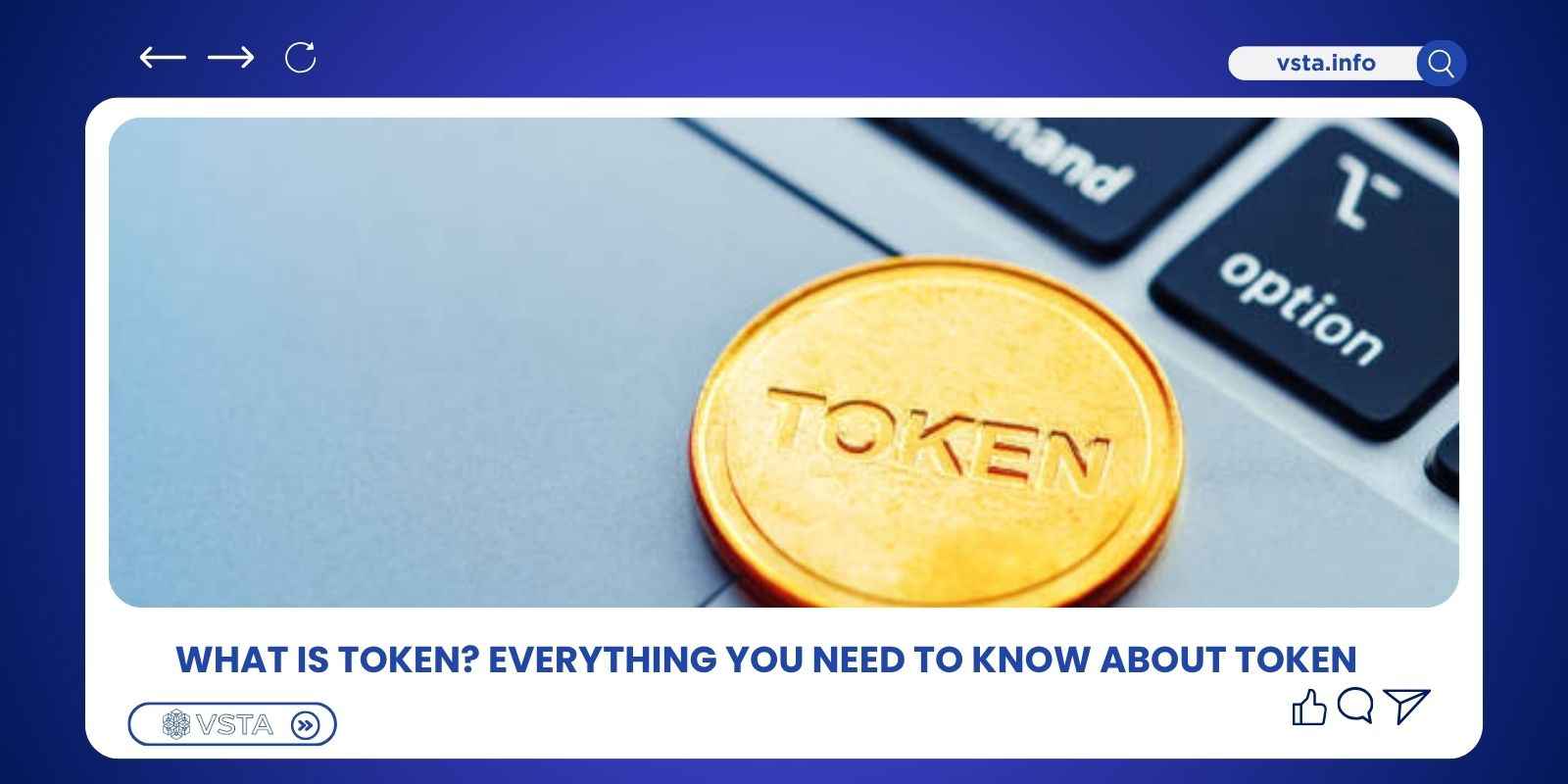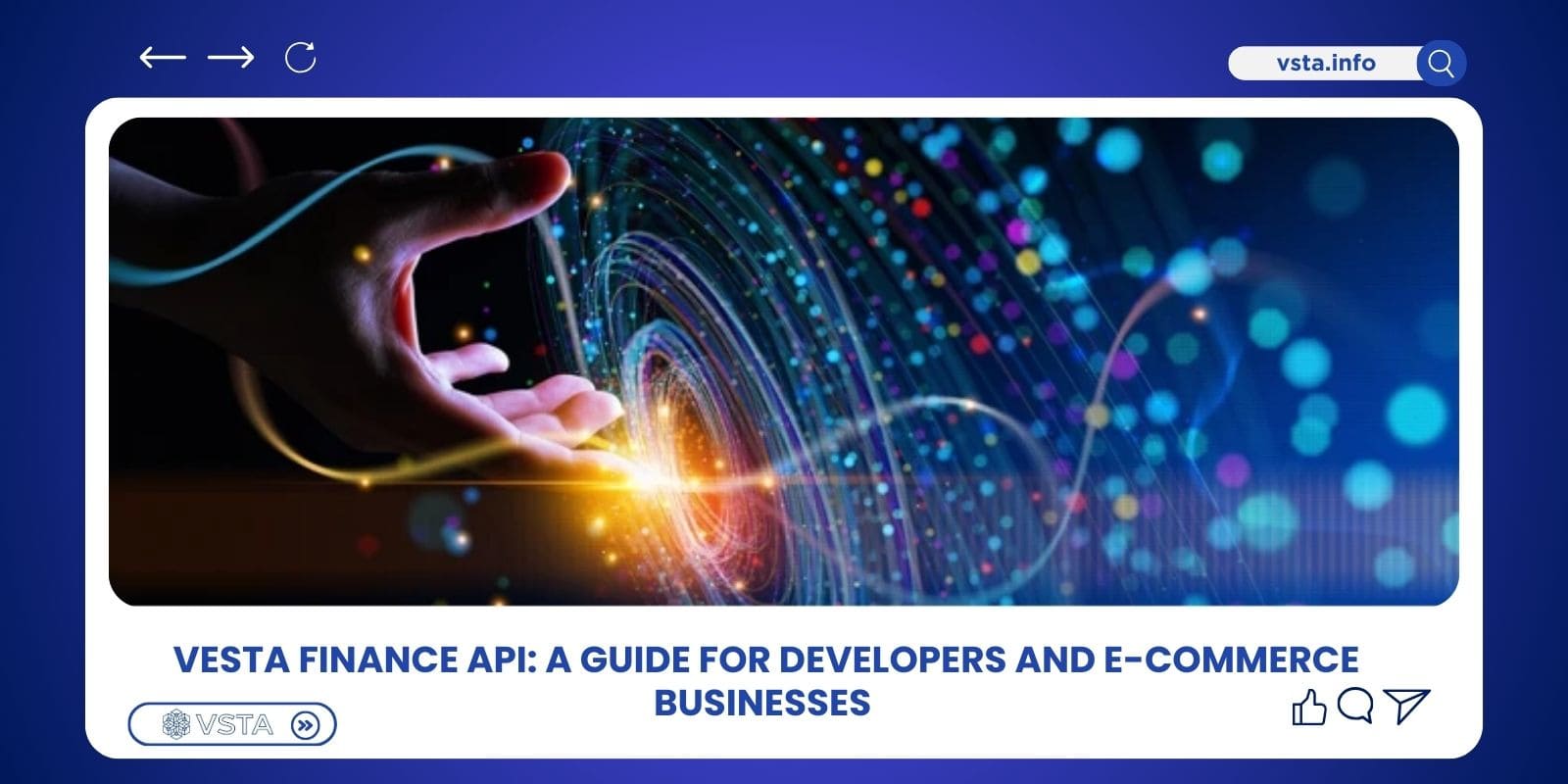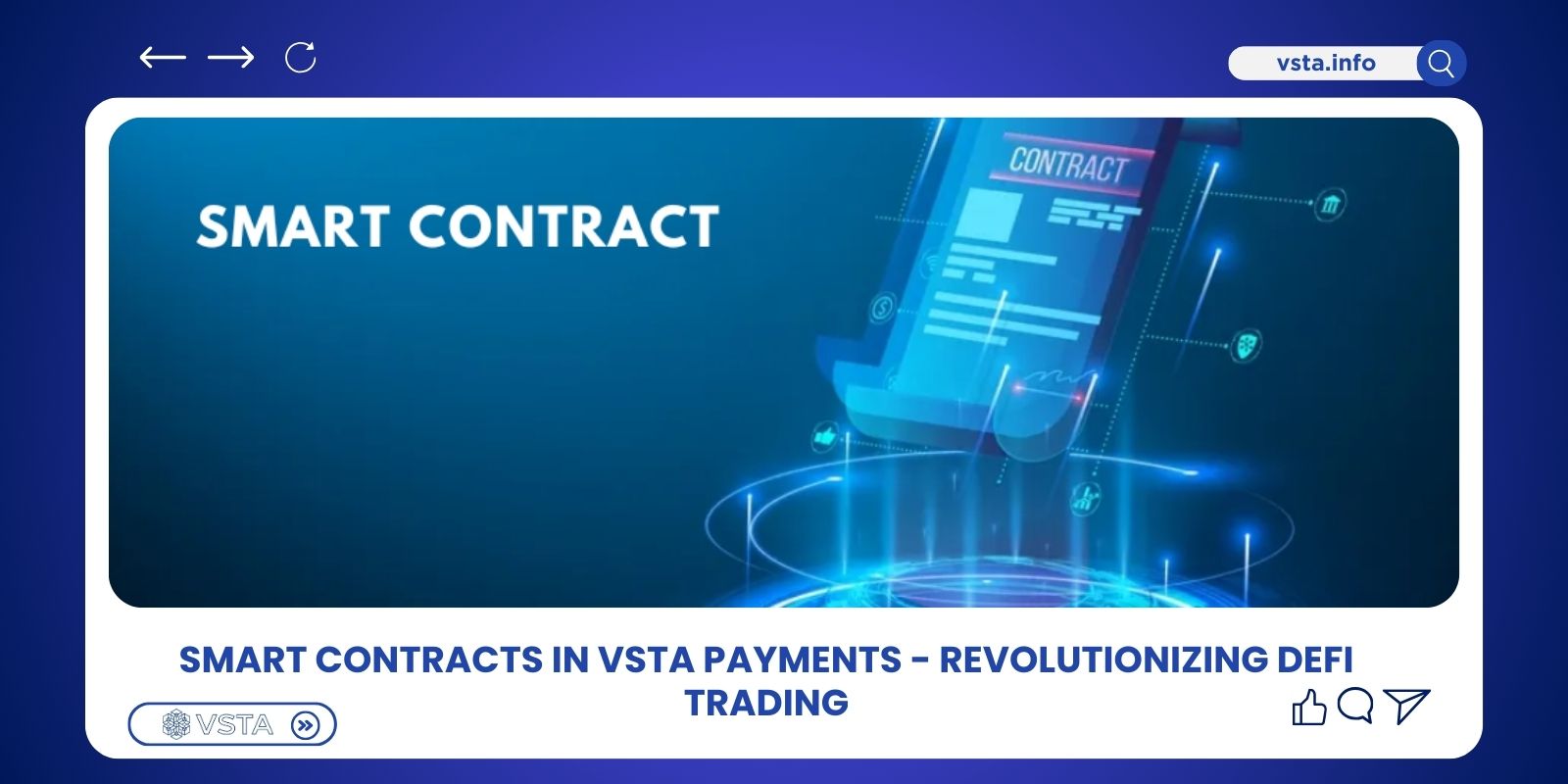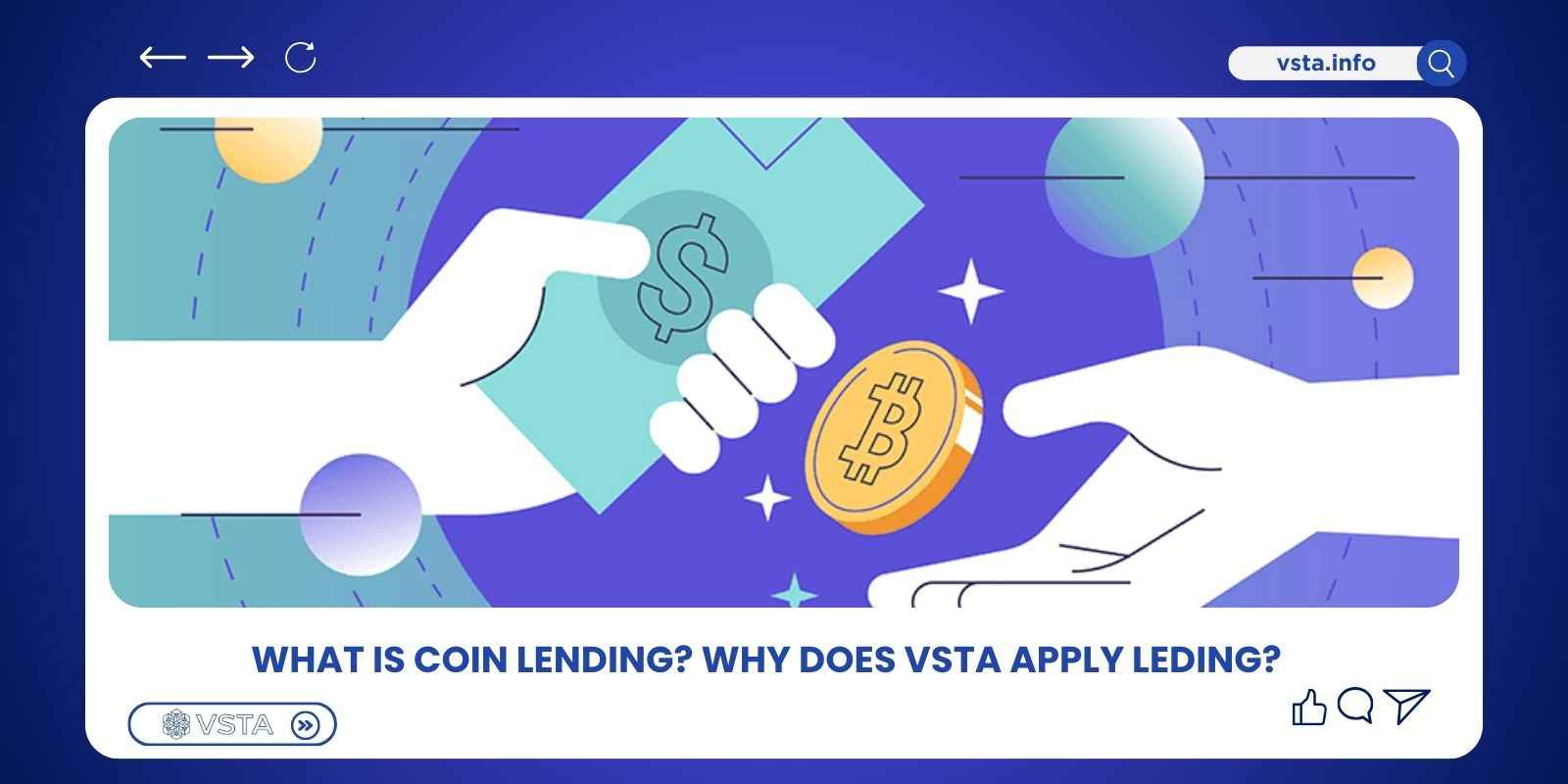What is a token? Token a familiar term in the Crypto market. For anyone participating in the cryptocurrency market, the term “token” is already very familiar. But do we truly understand what is a token is? Let’s find the answer in today’s article from VSTA.
What is a Token?
What is a Token? A token is a term used to describe types of digital assets that operate on the blockchain of other projects without having their own blockchain. It may sound complicated, but think of a token like a tenant renting a house. A token doesn’t own a house of its own; instead, it has to “live” and function within someone else’s house. That house, in this analogy, is the blockchain.
From a technical perspective, “token” is simply another word for “cryptocurrency” or “digital asset.” However, the term has gradually taken on more specific meanings depending on the context. Tokens are generally used to describe all cryptocurrencies other than Bitcoin and Ethereum (even though, technically, they are also tokens).
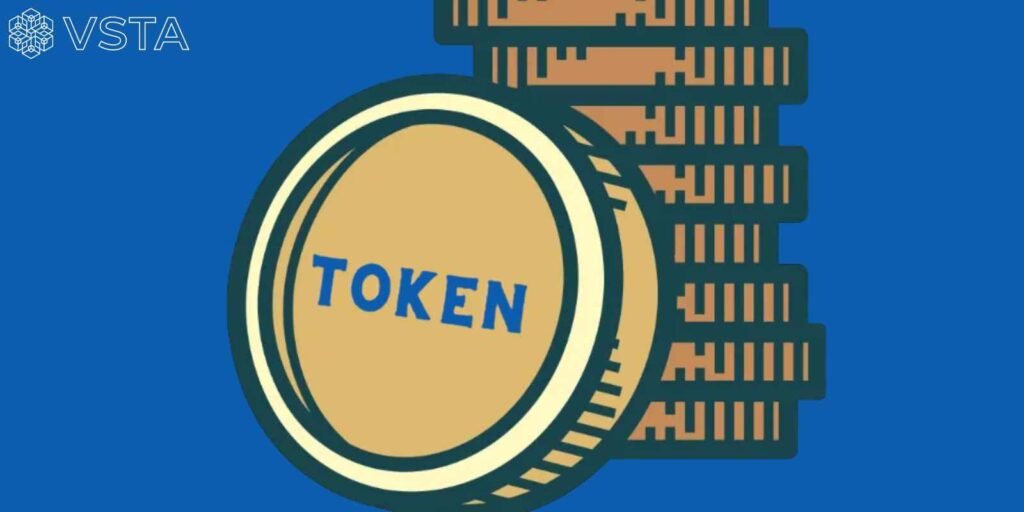
Classification of Tokens
To better understand what is a token, it’s important to note that tokens can serve different functions, so they are categorized into various types for easier distinction. Below are the basic types of tokens:
- Security Token: This type of token is considered a form of equity and can generate profits from projects. It is equivalent to shares in the world of cryptocurrencies.
- Transactional Token: As the name suggests, this type of token is used to facilitate transactions within a project’s ecosystem. Although technically different from coins, in practice they function similarly to coins in economic activities.
- Utility Token: These tokens are typically used to access and utilize special features or software within a project’s ecosystem. Examples include discounts, purchasing special items, or participating in staking.
- Governance Token: Used as voting rights to participate in important decisions affecting the project. Often, they can also be considered security tokens, similar to company shares with voting power.
- Non-Fungible Token (NFT): This is the most unique type of token because each NFT is one of a kind and cannot be replaced. Think of NFTs like artworks; they are distinct and have non-uniform values. Additionally, you cannot purchase just half of an NFT, as they are indivisible.
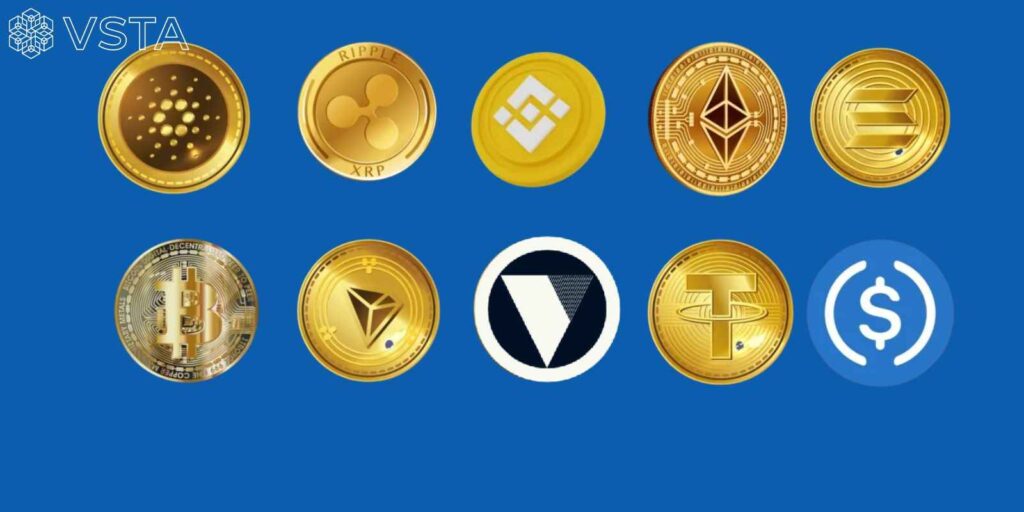
The Process of Issuing and Managing Tokens
Issuing Tokens
- Idea and Planning: First, the development team must have a clear concept for the project and determine how their token will function within the project’s ecosystem. They will create a detailed plan regarding the total supply, distribution methods, and intended use cases.
- Token Creation: Tokens are created on a blockchain that supports smart contracts, most commonly Ethereum. Developers use standards such as ERC-20 (for Ethereum) to create tokens.
- ICO/IDO: To raise funds and distribute tokens, projects often launch an Initial Coin Offering (ICO) or Initial DEX Offering (IDO), where investors can purchase tokens before the official project launch.
Managing Tokens
- Smart Contracts: Tokens are managed through smart contracts, which are self-executing code that enforces the rules and conditions of the token, such as distribution, transactions, and supply control.
- Governance: Some tokens include governance features, allowing holders to participate in voting and influence the direction of the project.
- Token Locking: After issuance, certain tokens may be locked for a specific period depending on the project. This is done to prevent inflation and maintain stability.
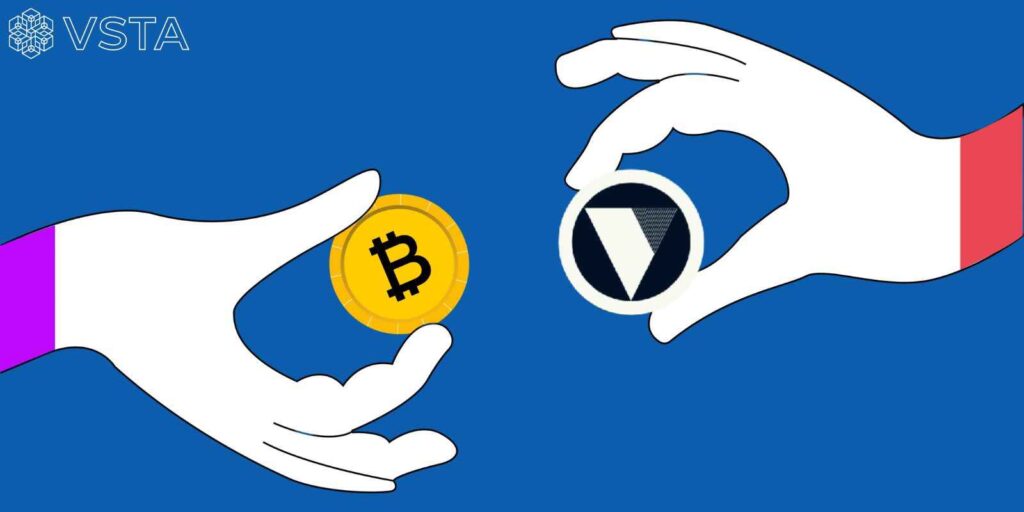
Applications of Tokens
Tokens in Transactions and Payments
In the context of cryptocurrency and blockchain, tokens – often searched under the term what is a token – are used as a medium of exchange and form of payment within decentralized systems. Common examples include utility tokens, governance tokens, and stablecoins that facilitate transactions and ecosystem participation.
- Currency units: Utility tokens such as BAT (Basic Attention Token) are used to pay for content on browser-based platforms like Brave.
- DeFi transactions and payments: Transactional tokens such as DAI and USDC are used to carry out decentralized financial (DeFi) activities such as lending and borrowing
- Means of payment and remittance: Stablecoins like USDT (Tether) are used as a stable medium of payment and to transfer money quickly between exchanges.
Tokens in Vesta Finance (VSTA)
Within the Vesta Finance ecosystem, understanding what is a token is essential, as two core tokens play crucial roles: VST and VSTA. VST is a stablecoin pegged 1:1 to the USD, minted when users collateralize digital assets such as ETH, renBTC, GMX, or gOHM into a Vault. It not only provides stable liquidity for users but also protects the system through the Stability Pool and Redeem Mechanism.
VSTA on the other hand, is the governance and incentive token. It empowers the community to participate in key decision-making processes while rewarding users who deposit VST into the Stability Pool or provide liquidity.
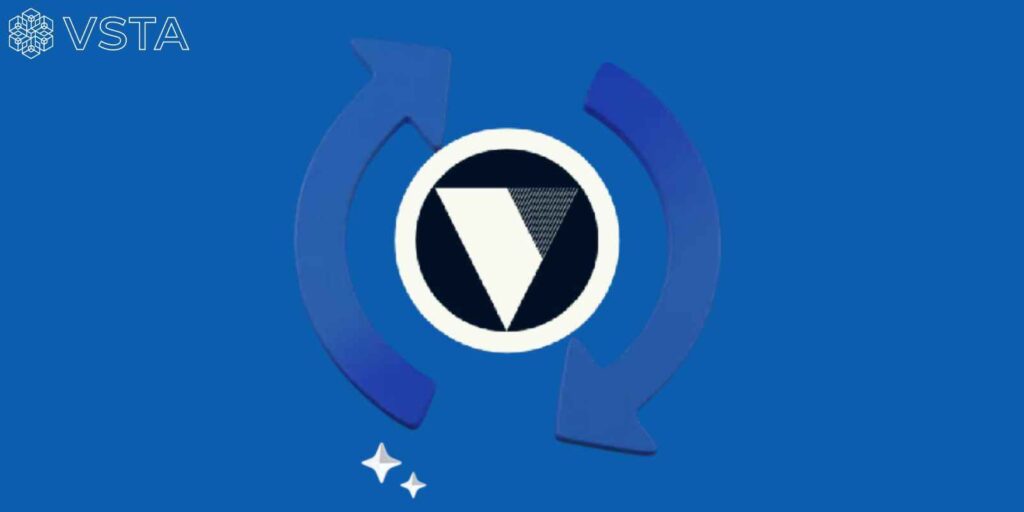
Tokens in Decentralized Applications (dApps)
When discussing what is a token in the blockchain ecosystem, tokens are digital assets created and managed through smart contracts to provide functionality and services within decentralized applications (dApps). Common applications include:
- Gaming and NFTs: Non-fungible tokens (NFTs) represent unique digital assets such as in-game items, collectibles, or digital artwork.
- DeFi: Governance tokens like UNI (Uniswap) allow users to vote on proposals and influence the direction of decentralized financial protocols.
- Loyalty and Reward Systems: Utility tokens are issued to incentivize user participation, offering benefits like discounts, staking rewards, or bonuses for active community members.
Frequently Asked Questions About Tokens
What is a tokens used for?
What is a token used for? answer, tokens can be used as a means of payment, governance, voting rights, or as representations of digital assets such as NFTs.
How are tokens stored?
Tokens are usually stored in digital wallets or on exchanges and can be used through dApps on the blockchain.
What is the purpose of token airdrops?
Projects often organize token airdrops as a marketing strategy, to expand their community, and to encourage token usage by distributing them for free to users.
How can you check a token’s liquidity?
A token’s liquidity can be checked on exchanges or through market platforms such as CoinMarketCap and CoinGecko to evaluate its tradability.
Should you invest in coins or tokens?
It is difficult to say whether investing in coins or tokens is better, as this does not necessarily reflect the true value of a project. Whether a project uses tokens or not, it can still be highly valuable. Ultimately, the quality and potential of the project itself is what matters most.
Conclusion
Through this article, we have answered the question what is a token. Hopefully, you now understand that a token is not just a simple payment unit in the crypto world but also an important tool supporting many different applications and functions. If you want to learn more about the VSTA token, don’t forget to follow us!
